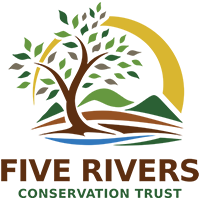NH Wildlife Action Plan
February, 2011 – Jay Haines, our Executive Director, recently sat down with NH Fish and Game Biological Technican Lindsay Webb to discuss the NH Wildlife Action Plan. She was kind enough to provide us the following information.
The New Hampshire Wildlife Action Plan (WAP) is a blueprint to keep species from becoming endangered. Completed in 2005 (maps updated in 2010) by NH Fish and Game Department staff and their conservation partners, the WAP provides New Hampshire landowners and conservationists with important tools for restoring and maintaining critical habitats and populations of the state’s species of conservation and management concern. The WAP is the most comprehensive wildlife and habitat assessment ever completed in New Hampshire. It pulls together a vast amount of data, analyzes much of it to assess how species and habitats are doing, and outlines key conservation strategies – ways to help conserve the wildlife and habitats that are most at risk in our state. The WAP and accompanying maps are available on NH Fish and Game’s website.
Another great resource of information is this collaborative website between NH Fish and Game and UNH Cooperative Ex. : www.takingactionforwildlife.org. This website provides information, resources and guidance to support communities, conservation groups and landowners that are working to protect, conserve, restore or manage wildlife habitats. The website draws on strategies outlined in the NH Wildlife Action Plan and is a source of guidance toward suggested actions, with examples from projects completed by New Hampshire communities. Step-by-step directions on the following topics can be found on the website: planning your wildlife conservation project, incorporating wildlife information into your natural resources inventory, creating a wildlife conservation plan for your community, protecting wildlife habitats through voluntary land conservation, using regulations to protect wildlife, managing and restoring habitats on community land and conducting outreach, education and communication about wildlife.



